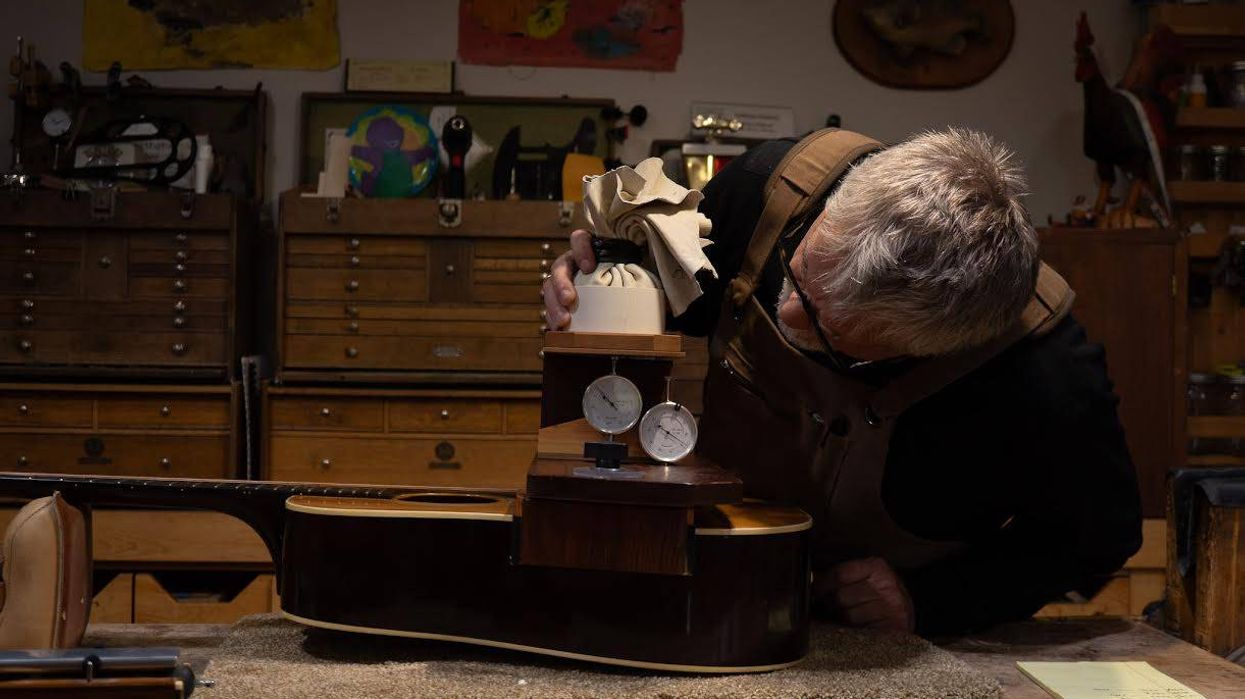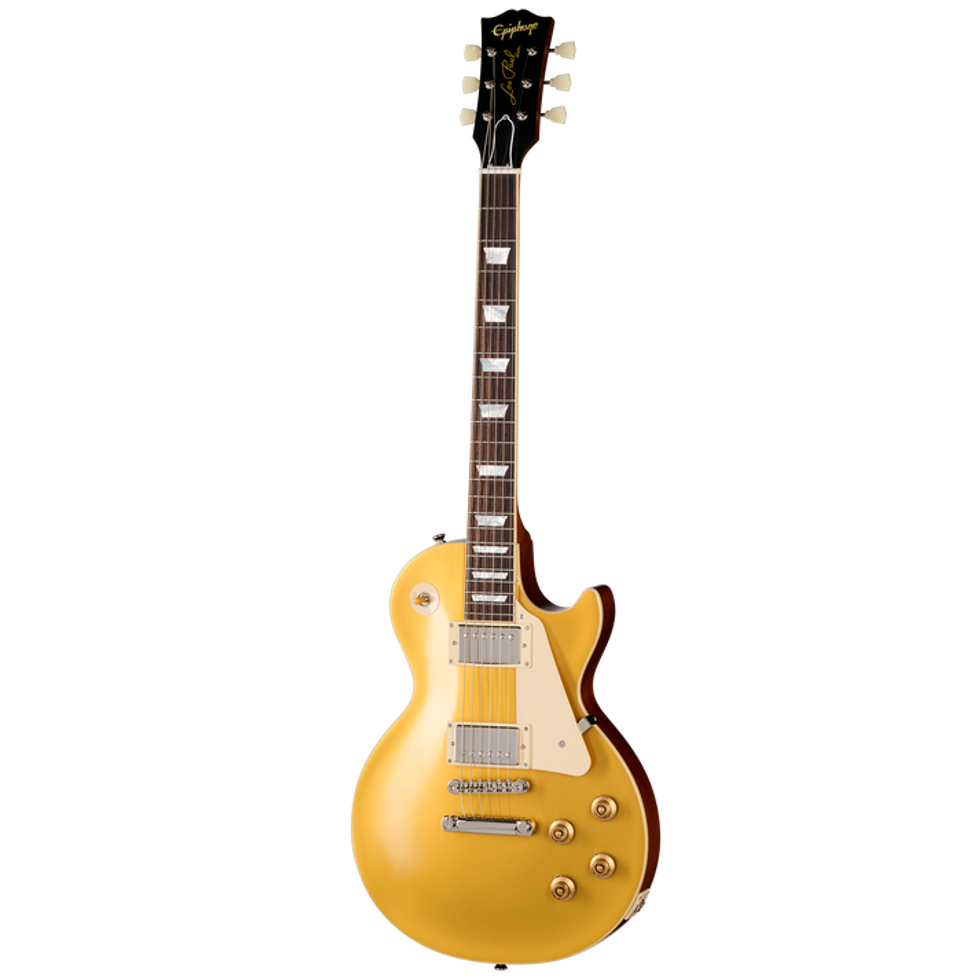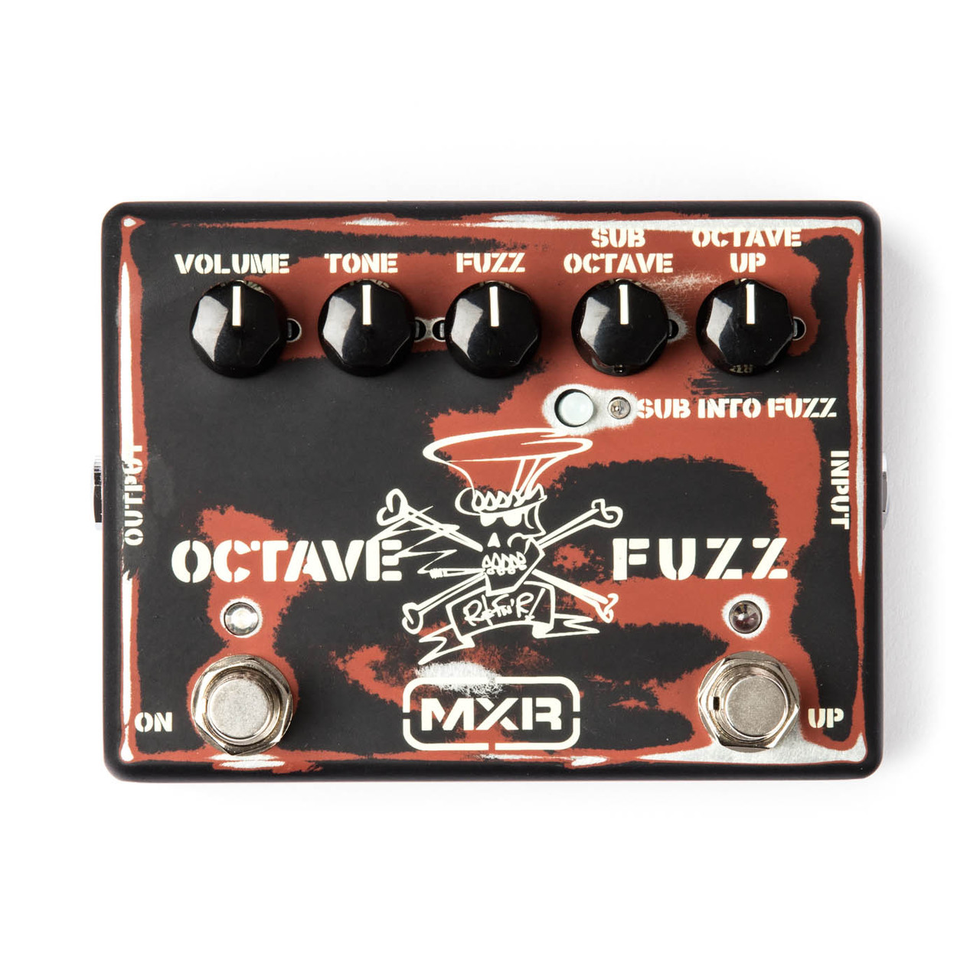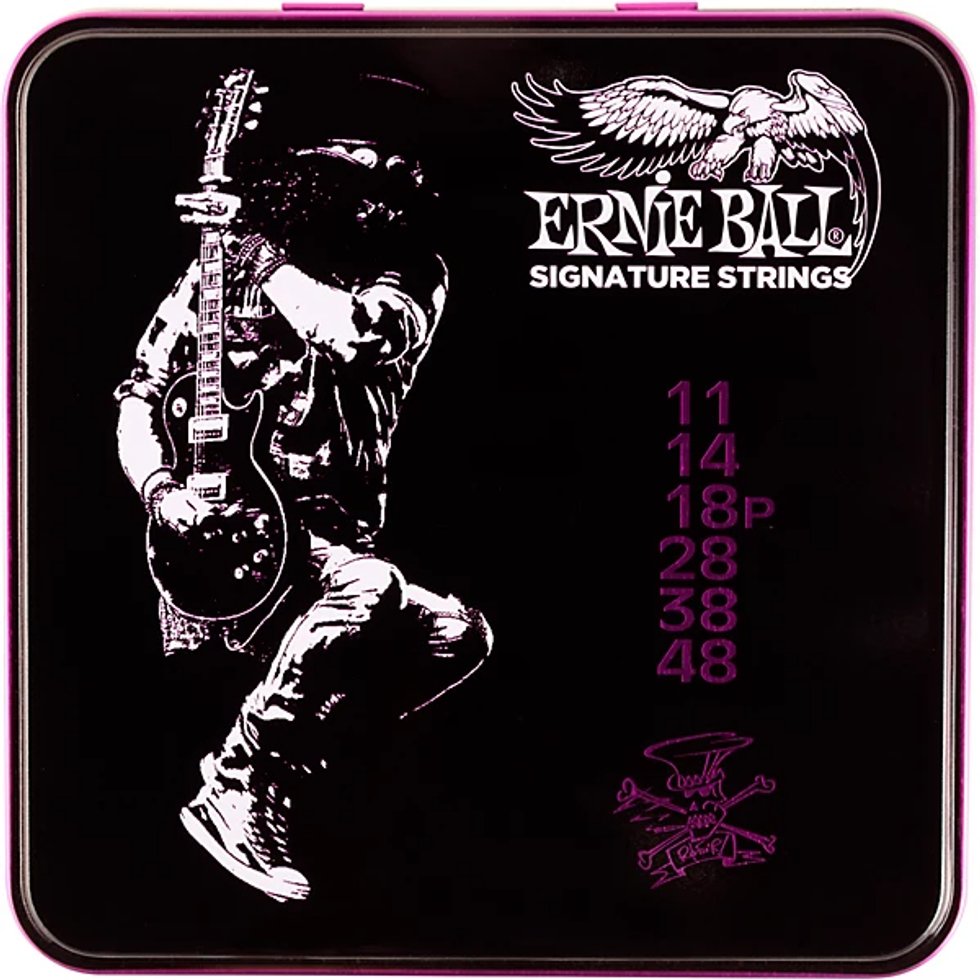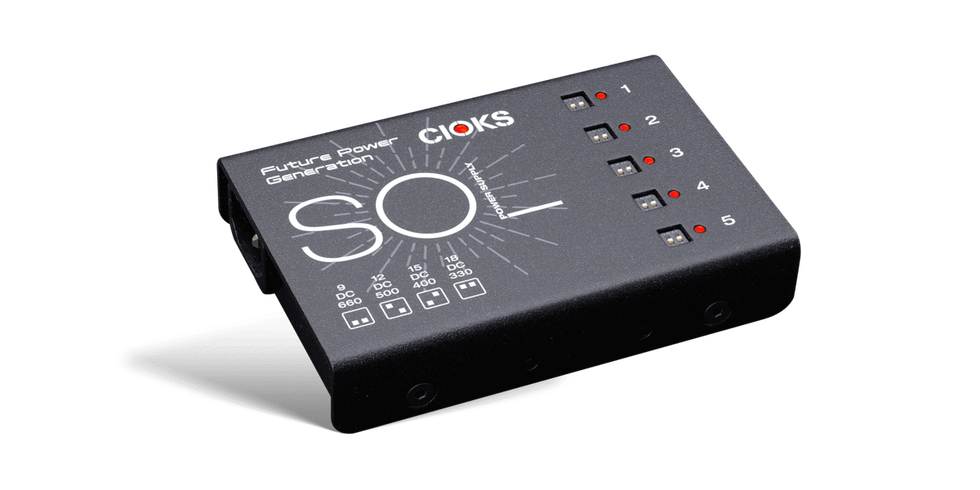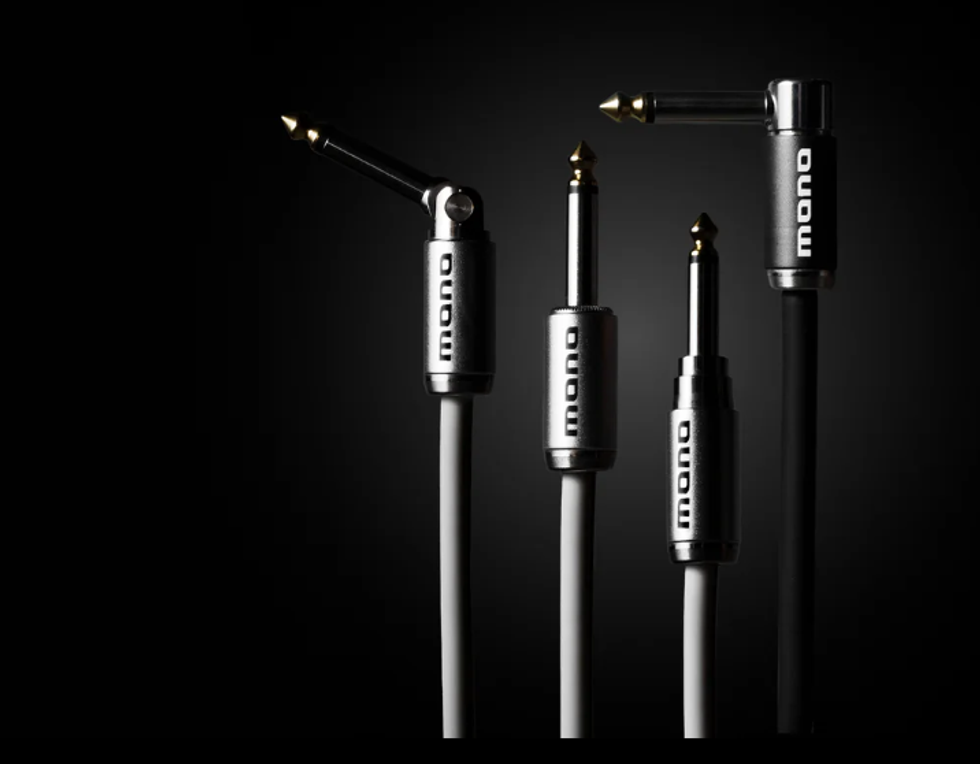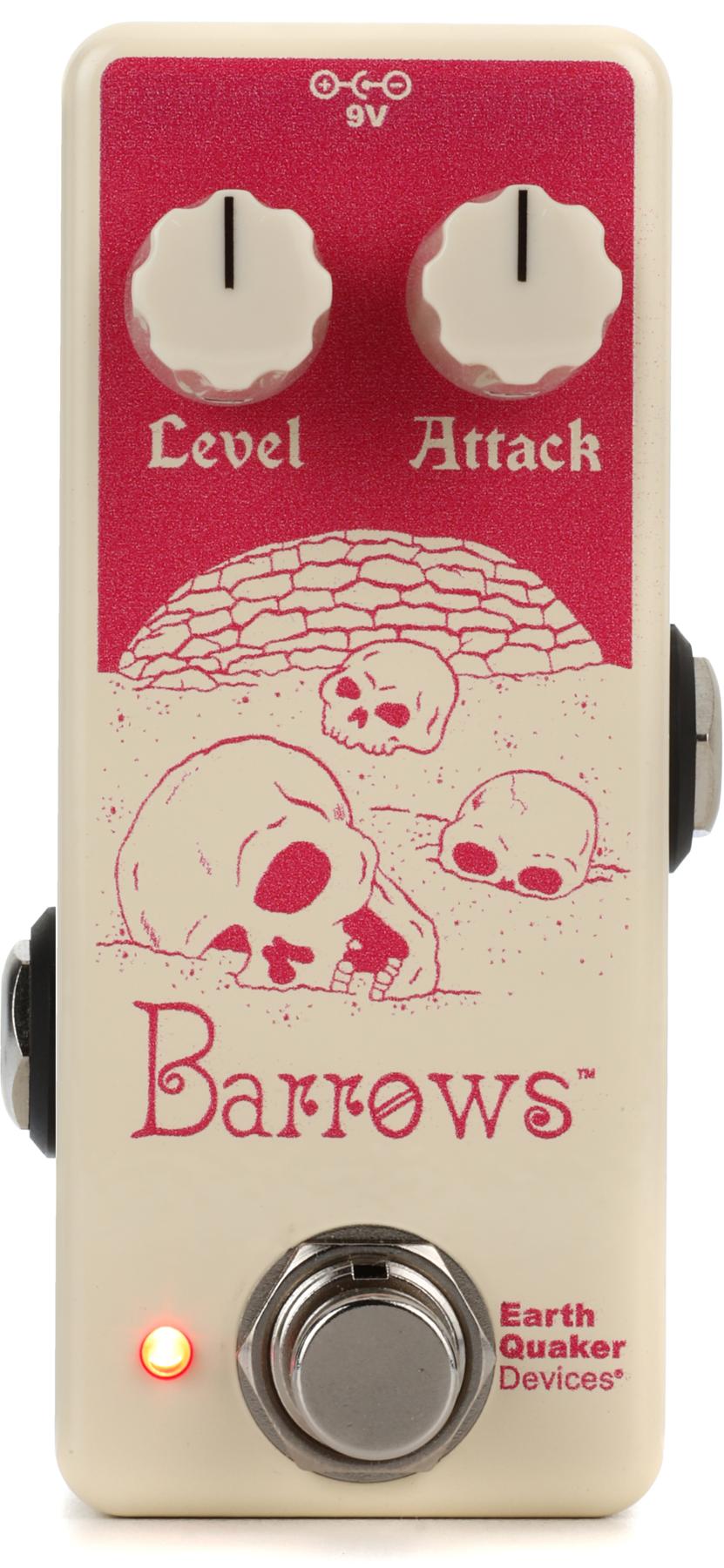I have a pretty decent record collection. It
includes a lot of singers doing their takes on
standard jazz material and songs from the
American Songbook. Flipping through the LP
covers reveals Ella Fitzgerald, Sarah Vaughan,
Billie Holiday, Tony Bennett, Betty Carter,
the Mills Brothers, Eddie Jefferson, Blossom
Dearie, Anita O’Day, and Lambert, Hendricks,
and Ross. That’s how I learned songs by Cole
Porter, George Gershwin, Rodgers and Hart,
Duke Ellington, and Johnny Mercer. When it
came time to play these songs on my guitar,
I already had a clear memory of the melody,
the harmony, the form, and the lyrics. Whether
comping for a singer, another instrument playing
the melody, or stating the melody myself, I
could easily follow the unfolding song, having
done the listening for years in advance. The
catch is, if I had only heard, say, Betty Carter’s
version of "Something Wonderful" by Rogers
and Hammerstein, or Sarah Vaughan’s rendition
of "Speak Low" by Jimmy Van Heusen,
then I might not know that the melody actually
goes like this instead of like that.
This came up in a lesson recently in which my
student and I were talking about practicing
and building a repertoire. One of us mentioned "Almost Like Being in Love." Great
song, we both agreed. She knew it from a
recording she’d transcribed by Lester Young
and Oscar Peterson. She played it beautifully.
At the end she noted, "He does this turnaround."
I heard it as just the way the tune
always goes. I also heard it as a transcription
of an improvised chorus, or at least an embellished
melody, but not the original melody as
written by Lerner and Lowe. We talked about
the wonders and dangers of learning tunes
this way, and I thought about it in the hours
and days that followed. "How do I know that
tune?" I asked myself.
I pulled and tugged at the contents of my
over-stuffed bookcases, mining for the
answer. Out came a songbook from my
piano lessons when I was eight or nine years
old. What a treasure! Along with all of the
doodles and scribbles on the pages—the
graffiti my sisters would leave as they accompanied
me at the piano bench—I found the
simplified versions of many of the standards I
have come to hear and play in a multitude of
variations over the years: "Autumn Leaves," "Moon River," and "Lullaby of Birdland."
There it was: "Almost Like Being in Love" in
a very simple piano arrangement, with the
melody right there for all to see.
That’s where a song begins for a player—the
facts are all there. Once you have that basic
sense of the tune, then you can begin the
joyful process of messing with it. Do you
want to play it as an unaccompanied chord
solo? Find the places where the melody sits
on top of the chord as naturally as possible in
your fretting hand. Find the most natural way
to express that harmonized melody with your
picking hand. If the melody seems impossible
to grab from the chord voicing on which
you’ve landed, try a chord inversion. The next
thing you know, you’ll be reharmonizing the
tune just to better accompany the melody.
Maybe the substitute dominant chord would
sound cool there. Maybe a tension on the
minor chord will pull at some heartstrings.
That will likely lead to some rearranging and
discoveries of bass lines as you break away
from the original root motion. Then there’s
the melody: Do you want it to swing? Do you
want anticipations? Do you want to shorten
any of the phrases or lengthen any patterns?
Do you want it all in a high or a low register?
Or some of each?
At this point, you’ll be free to tell the melodic
story in your own way, which is a terrific place
to launch the song. If you’re playing with
other people backing you up, then you might
state the melody as simply as you can, followed
by your thoughtful commentary on it.
Your embellishments might well include some
ideas you’ve by now surely heard from other
performances of the same tune. You’ll be on
solid ground if you know the essence of the
tune, apart from the adjectives and judgments
thrown in by others. I want to know how you
feel about it while you’re playing, not what
someone else told you about it, which they
heard from someone else in the first place.
If you’re comping for someone, then your
job is to throw in "uh-huh" and "yeah, man"
in the appropriate spots in the telling of the
song. Again, knowing the song in its essence
is key. If someone tells you a story you’ve
heard before, but you’ve never heard their
side of it, you might nod along politely at the
parts you know, but you’ll likely have a more
significant outburst of some sort when the
storyteller interjects some fresh information,
some colorful form of expressing the point,
or some hilarious telling of a detail. Go ahead
and play along with the soloist by recognizing
the brilliance of their storytelling that sets it
apart from the original melody. You’ll recognize
these embellishments because you know
the original melody.
Your homework this month is to find Andy
Griffith’s telling of Romeo and Juliet. Oh, and
read Shakespeare’s version first if you don’t
know the story in its original form yet. Enjoy
your music collections—audio and written—and then find that music on your guitar.
Jane Miller
Jane Miller is a guitarist, composer, and arranger with roots in both jazz and folk. In addition to leading her own jazz instrumental quartet, she is in a working chamber jazz trio with saxophonist Cercie Miller and bassist David Clark. The Jane Miller Group has released three CDs on Jane’s label, Pink Bubble Records. Jane joined the Guitar Department faculty at Berklee College of Music in 1994.
janemillergroup.com



